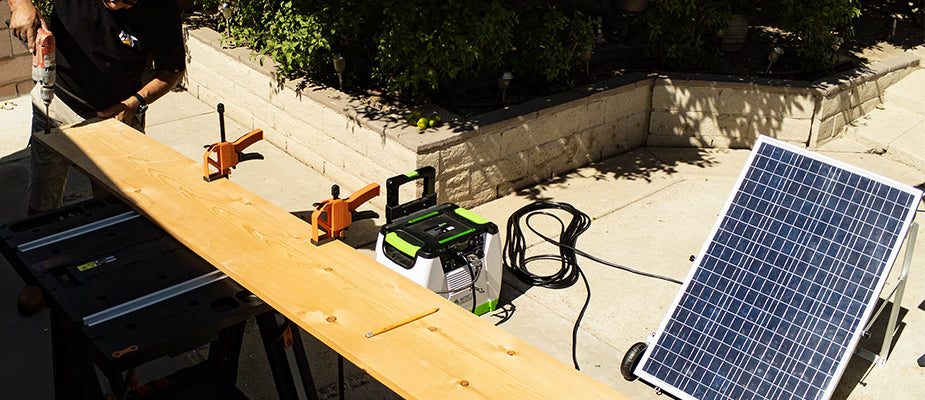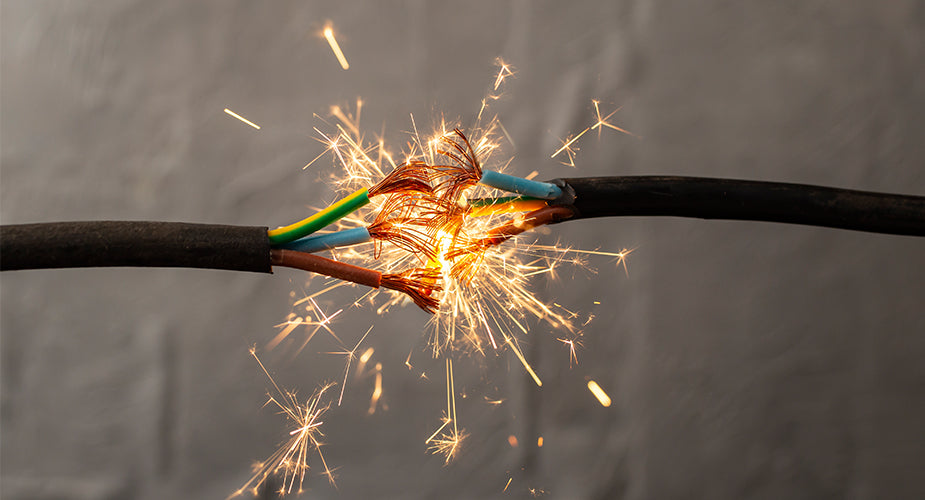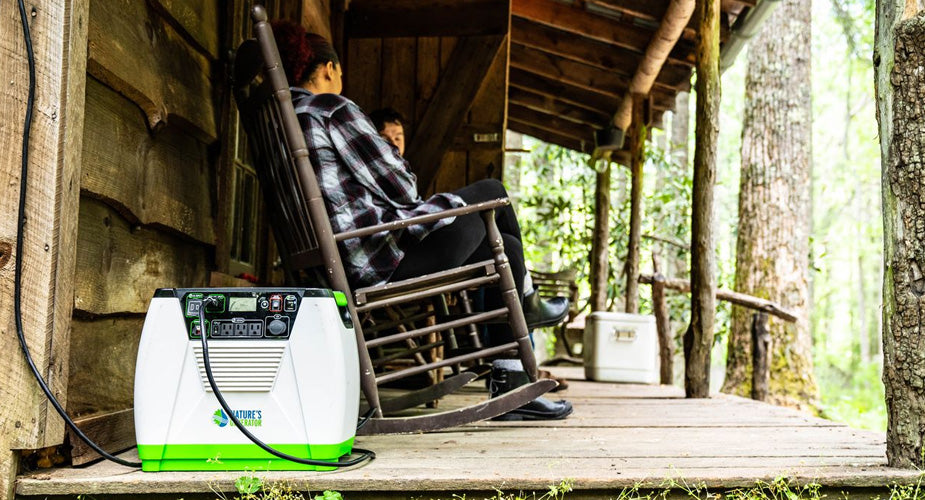As a homeowner, understanding the basics of electricity is important for maintaining your home’s electrical systems. You may not have given it much thought, but one of the fundamental concepts to grasp is the difference between alternating current (AC) and direct current (DC) electricity, as they play a crucial role in how your home is powered. This is especially true if you are considering solar power generation or any renewable and sustainable power options.
Before we differentiate between the two, let’s first take a peek at where it all started.
The War of the Currents: Tesla vs. Edison
This is one interesting historical turning point for modern electricity. It all started in the late 19th century when the “battle” – one that would shape the future of electricity and power distribution, began. Most likely, you know these two brilliant minds – Nikola Tesla and Thomas Edison. Their clash over the use of alternating current (AC) versus direct current (DC) would come to be known as the "War of the Currents."
Just a quick brush-up on our science history: Nikola Tesla, a Serbian-American inventor and electrical engineer, was the proponent of AC power. For him, AC was the superior method of transmitting electricity over long distances, as it could be easily converted to different voltages using transformers. Thomas Edison, inventor of the light bulb and founder of General Electric, believed that DC was safer and more reliable for homes and businesses and wanted to establish a DC-based electrical grid to power the nation.
The battle between AC and DC began in the 1880s when George Westinghouse, acquired the rights to Tesla's AC system. Westinghouse saw the potential of AC power and began building AC power plants and distribution systems, becoming a competitor of Edison's DC infrastructure.
Edison was said to be threatened and launched propaganda against AC power. He spread misinformation about the dangers of AC, including the infamous "electrocution of animals" demonstrations using AC power. Despite Edison's efforts, AC power continued to gain popularity due to its efficiency and lower cost of transmission.
The turning point was during the Chicago World’s Fair in 1893 when Tesla’s AC system won the bid to light the fair using AC power. Its success paved the way for AC power to become the standard of electrical transmission.
More information on the War of the Current here.
The Difference Between AC and DC Power
Alternating Current (AC) electricity
AC electricity is the most common type of electrical power used in homes and businesses. AC power is characterized by the periodic reversal of the direction of electrical flow. This indicates that electrons switch directions regularly, moving back and forth in a pattern. The frequency of this alternation is measured in hertz (Hz) and is typically 50 Hz or 60 Hz in most power systems.
One of the key advantages of AC power is its ability to be easily converted to different voltages using transformers, making it ideal for long-distance transmission. It is also generally less expensive to generate and transmit over long distances than DC power due to the efficiency of AC transformers and the ability to use higher voltages for transmission.
Direct Current (DC)
DC power, on the other hand, flows in a constant direction without reversing. This means that the flow of electrons is unidirectional, moving from the positive terminal to the negative terminal of a battery or power source.
DC power is often used in small electronic devices and applications where a constant and stable power supply is required, such as in computers, smartphones, and electronic circuits.

How They Are Used in Your Home
As mentioned, most electrical devices and appliances in our homes are designed to run on AC electricity. This is because AC power can be easily converted to different voltages using transformers, making it ideal for powering a wide range of devices.
However, some devices, such as certain electronics (earbuds, TVs, cameras, etc.) and LED lights, use DC electricity. These devices require a power adapter or converter to convert the AC power from your wall outlet into DC power that they can use.
When it comes to your home's electrical system, the choice between AC and DC electricity is not something you need to make. The electrical grid that powers your home delivers AC electricity, and most of your devices are designed to run on AC power.

The Role of AC and DC Electricity in Solar Power
Today, even though AC electricity remains the standard in providing power for a wide range of applications, DC electricity still plays an essential role, particularly in the world of solar power generation.
While solar panels produce DC electricity, most homes and businesses use AC electricity for their appliances and lighting. To make this power usable, inverters are used to convert the DC power from solar panels into AC power. This process involves changing the voltage and frequency of the electricity to match the grid's specifications.
Understanding AC and DC electricity in renewable energy systems can help homeowners make informed decisions about powering their homes sustainably. By leveraging both types of power, homeowners can maximize the benefits of renewable energy and reduce their environmental impact.
Solar Power Recommendation
If you decide to try clean energy by going solar, make sure to check out Nature’s Generator as we offer a wider range of options to power up your home. One of our flagship products is the Powerhouse, which can singlehandedly provide your home power requirements due to its split-phase 240V/7200W or single-phase 120V/7200W (combined) pure sine wave inverter. It is also expandable where you can add solar panels, wind turbines, power pods, transfer switches, and more, meaning you can customize your eco-system to match your requirements. For more information, feel free to get in touch with the Nature's Generator team here.
Final Thoughts
Both AC and DC power are vital for powering our world, particularly in renewable energy systems. AC power's efficiency in transmission and ease of voltage conversion make it the standard for most homes and businesses. In contrast, DC power, generated by sources like solar panels, is crucial for energy storage.
Each type of power serves specific purposes, depending on the application. The key is not to favor one over the other but to recognize their unique roles in enabling a sustainable and efficient energy future.
* We want to give credit where credit is due. Professional writer, Michelle Gamana, contributed research and content to this blog titled: AC vs DC Power: Tesla vs Edison Thank you, Michelle, for your contributions!





